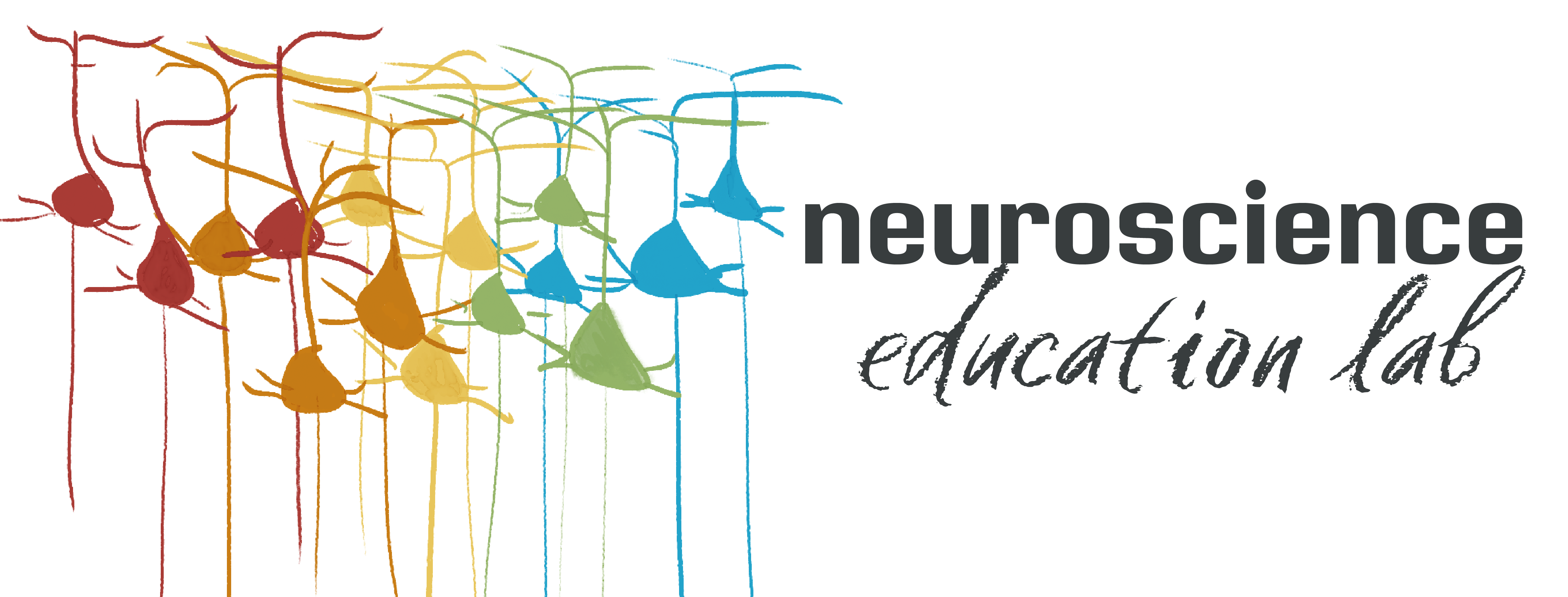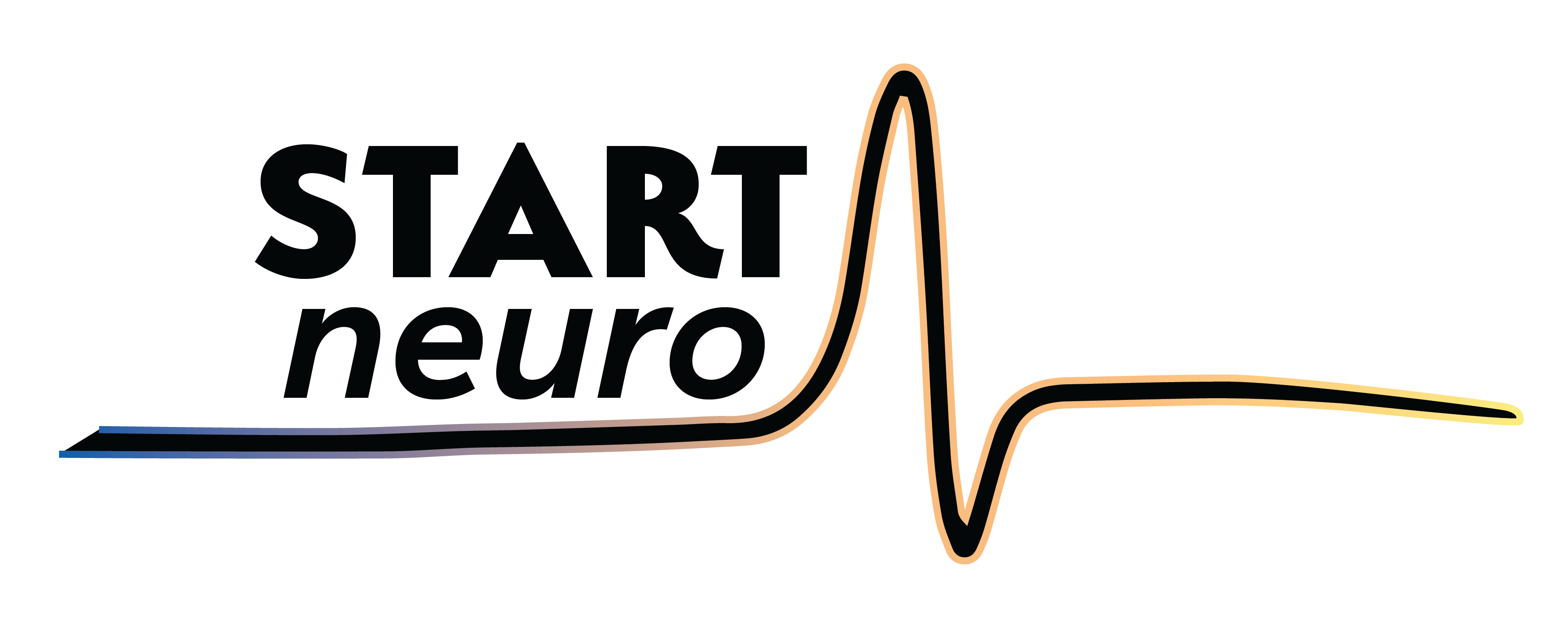Developing accessible and promising practices for neuroscience training and education
Our group is broadly interested in how we can best train the next diverse generation to enter STEM fields, particularly neuroscience.
Student attitudes towards coding
As STEM research in life science fields such as biology, cognitive science, and neuroscience moves towards larger datasets and more complex analyses, our students need to be trained accordingly. Students in life sciences majors tend to be more diverse in terms of gender and race, and therefore may be even further discouraged from pursuing programming, which is commonly viewed as a white and male field. As coding skills open the door to high-income jobs, inviting life sciences students to learn computer science is a matter of equity. However, there is limited research on how the barriers facing non-CS majors as they are introduced to programming or the attitudes of these students towards computing. Our group therefore seeks to: 1) Understand the attitudes of & challenges confronting biology students in learning programming 2) Identify promising practices to streamline effective discipline-based coding education.
Preliminary data on this project, presented at the T3PN Conference in 2022. For more recent work, see Zuckerman & Juavinett, 2024 and Zuckerman et al., 2024.
Open Access Neuroscience Education
Neuroscience datasets are increasing in size, complexity, and access to the public. Various datasets, such as those collected by the Allen Institute for Brain Science, are available for students to see real neuroscience data and conduct their own analyses. Such data can be used in course-based undergraduate research experiences (CUREs), which have proven to be a powerful means of exposing diverse students to real-world research.
We develop such resources and best practices for implementing them in the classroom (e.g., Juavinett, 2020). Funded by a Kavli Foundation NWB Seed Grant, we are also developing an online textbook (http://nwb4edu.github.io) for educators who wish to use Neurodata Without Borders. Dr. Juavinett is also co-writing a Neural Data Science textbook with Bradley Voytek, which will have a free, online version with interactive activities.
Tracking neuroscience career paths
With neuroscience as a field changing so rapidly, careers are quickly changing as well. In 2019, we launched a huge survey of almost 500 neuroscientists to understand their demographics, career paths, and skillsets. You can read about some of these findings in Shah & Juavinett (2022) and in this Neuroview. We ran a follow-up survey in 2022 to better understand the forces that drive individuals into computational subpaths. Stay tuned!

Building paths for diverse future generations
STEM career paths, including those in neuroscience, have long been restricted to a subset of our population. Although the representation within undergraduate neuroscience programs is improving, many groups are underrepresented at doctoral levels and beyond (Ramos et al., 2017). Working with the students of STARTneuro, we are developing promising practices for understanding how we can invite and maintain a more diverse array of future neuroscientists.
In 2021, we invited our first cohort of STARTneuro students to campus. We are following them throughout our program and beyond to understand their experiences and to develop best practices for training diverse students in STEM (as we have done with the initial START program, see Zuckerman et al. 2022). In addition, we are working with the mentors of our program to better understand how to train mentors of diverse graduate students (e.g., Zuckerman, Lo, and Juavinett, 2024).





